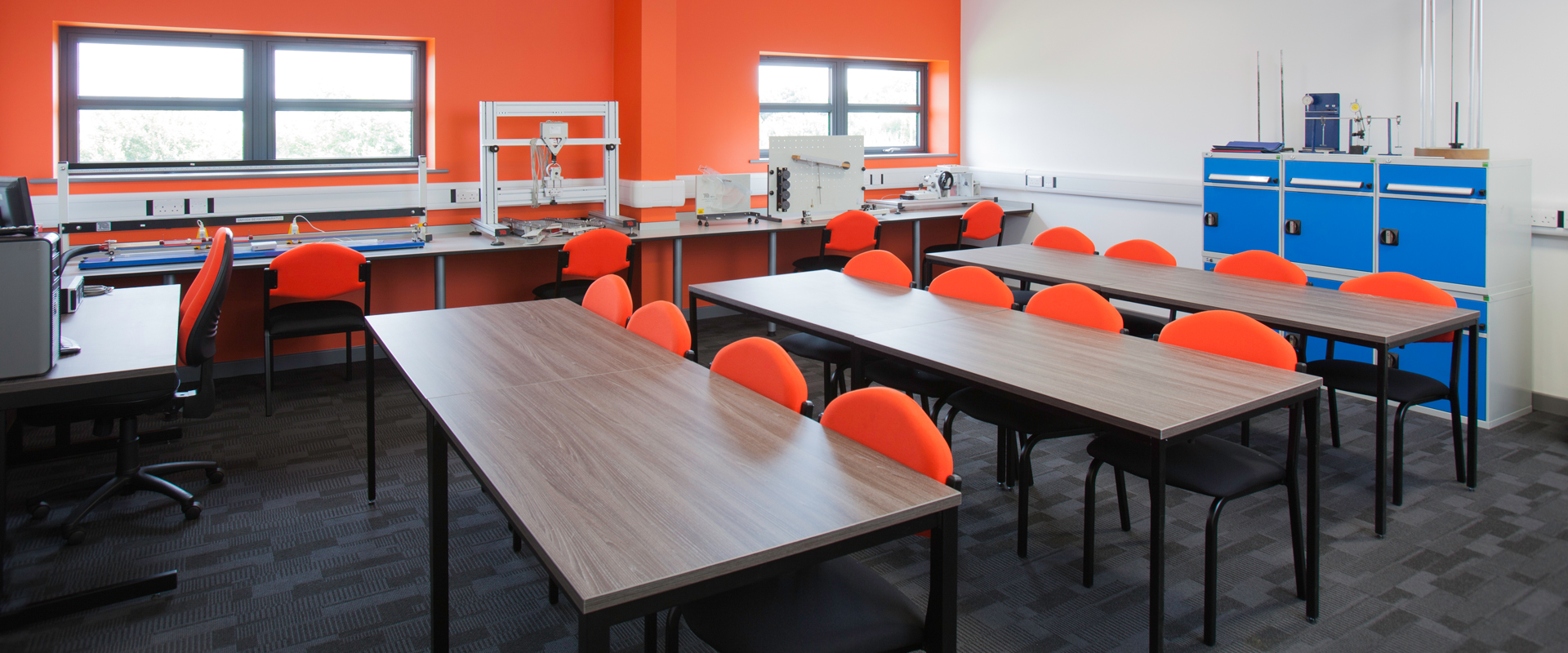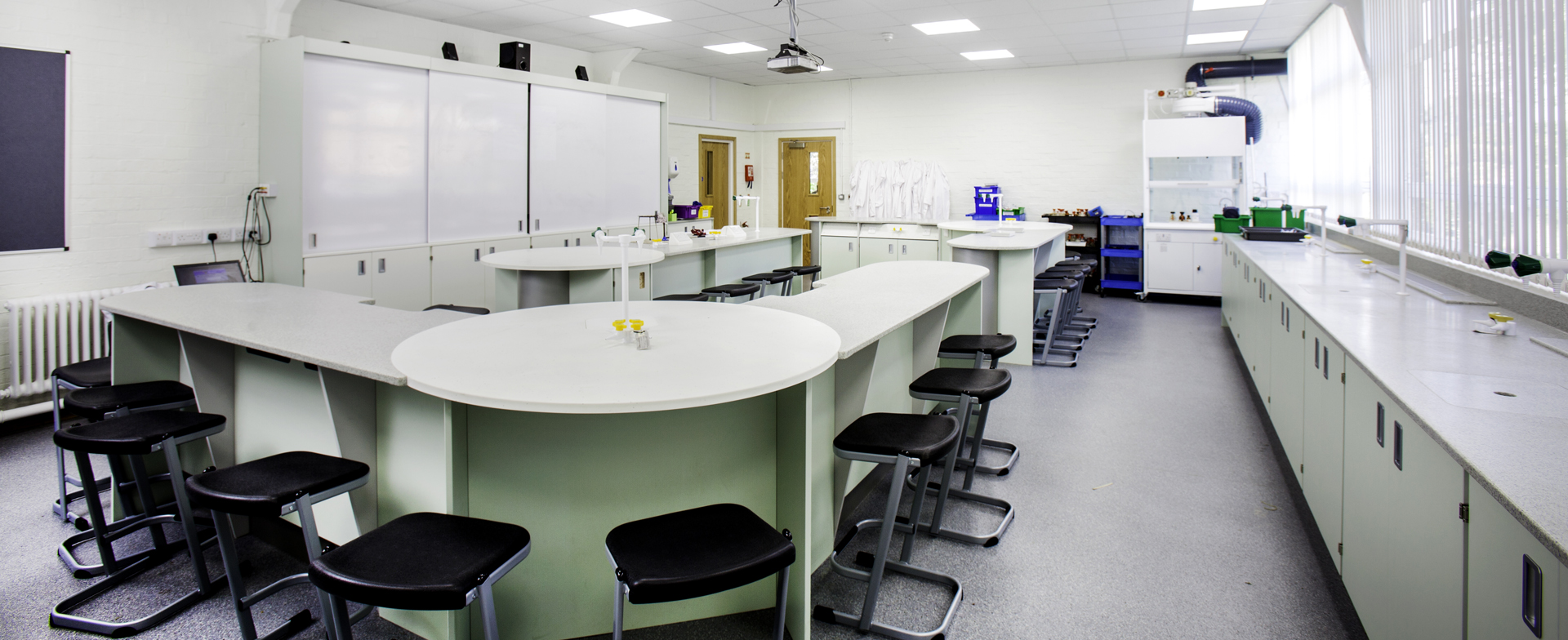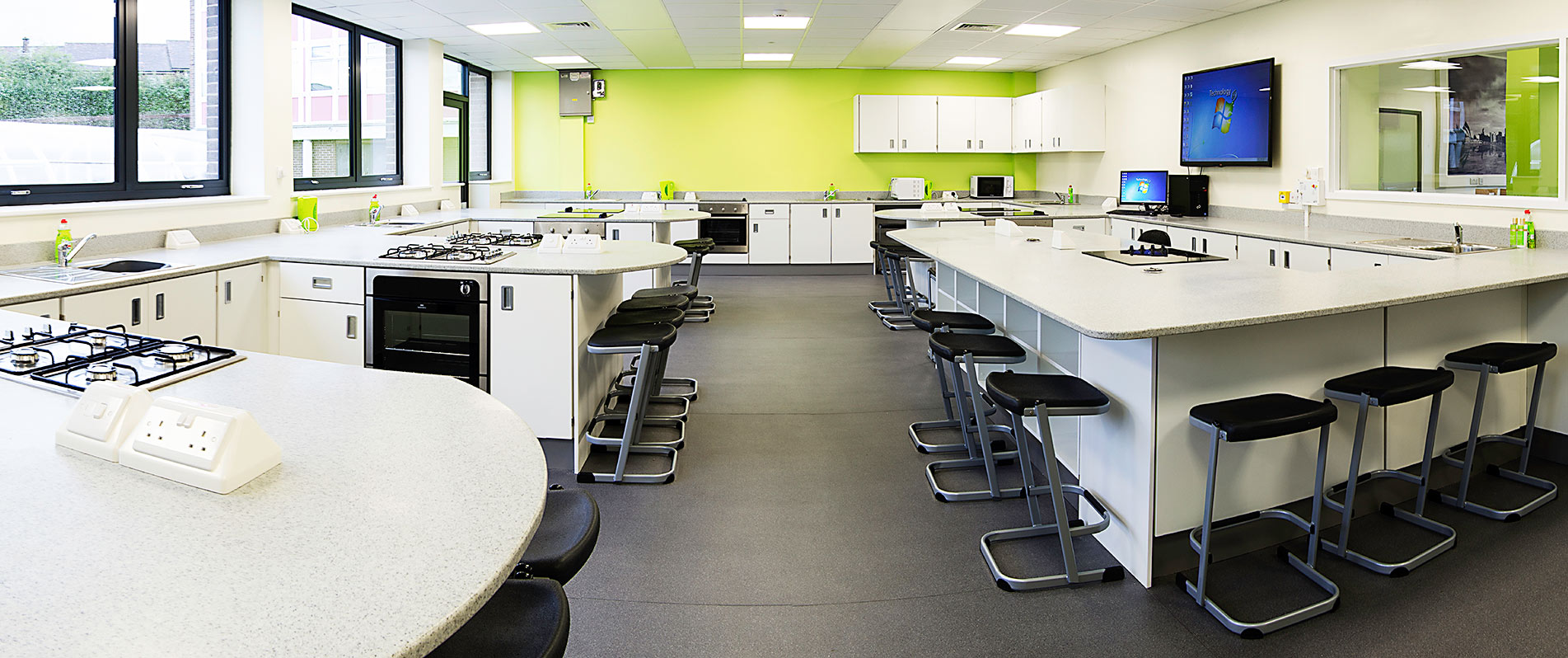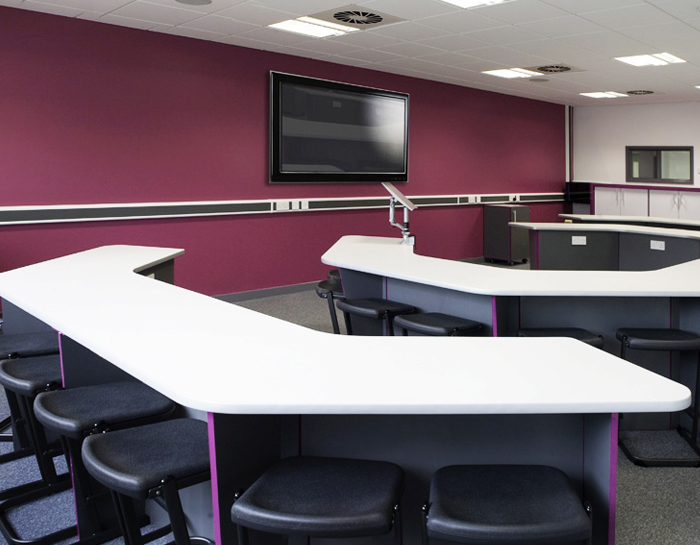Can colour choice in classroom design influence student behaviour?
From energetic red to peaceful blue, classroom colour can affect the subconscious and influence the emotional state.
Positive Learning Environments
Implementing certain colour schemes in the classroom can influence the emotional state and subsequently the behaviour of the students. This article by the Times Higher Education argues that environmental features impacting upon all the senses can influence the attitude and behaviour of students. The article suggests that every effort should be made to create an environment benefiting the emotional welfare of students.

Colour Customised Classrooms
According to a 2006 study in the College Student Journal, the use of certain colours can increase learning productivity by as much as 10%, can reduce absenteeism, and improve morale amongst students. Bright colours were found to increase mental alertness, whilst cooler, calmer hues such as soft greens and blues helped to nurture tranquillity within the classroom.
These findings can help teachers and school boards determine colours schemes within their classrooms – depending upon the kind of environment they are hoping to cultivate. Study rooms with a heavy reliance upon group discussion and passive learning could benefit from the mental alertness aided by bright colours, whereas classrooms supporting more artistic pursuits could benefit from softer, more tranquil tones.

Colour-Assisted Learning
As well as helping to create an atmosphere conducive to learning, studies have shown that the use of colour within the classroom can actively contribute towards the retention of knowledge. Painting and Philosophy by Rose Hass Alschuler and La Berta Weiss Hattwick demonstrated that colour could be used to give cues to the brain.
This study explained that implementing bold colours such as red or orange into the learning routine of a student could improve their IQ by as much as 12 points over a period of time, whilst the colour green can help promote creative thinking. These colours can be used in classroom décor or in direct learning aids such as cue cards or text books.
At the opposite end of the scale, the study determined that the use of a black and white colour scheme in a classroom could lower pupil’s IQ.

A Mirror of Society
As well as being a place for learning, the classroom is also a space for developing a sense of social responsibility and an understanding of how to interact with peers and other people. To make it simpler and more efficient for students to transfer these developed social skills from the classroom to the outside world, the physical and emotional separation should not be so distinct.
Mirroring society within the classroom and its décor can help students understand that the rules and standards of behaviour which are enforced in a positive classroom environment are equally applicable to the wider world.


